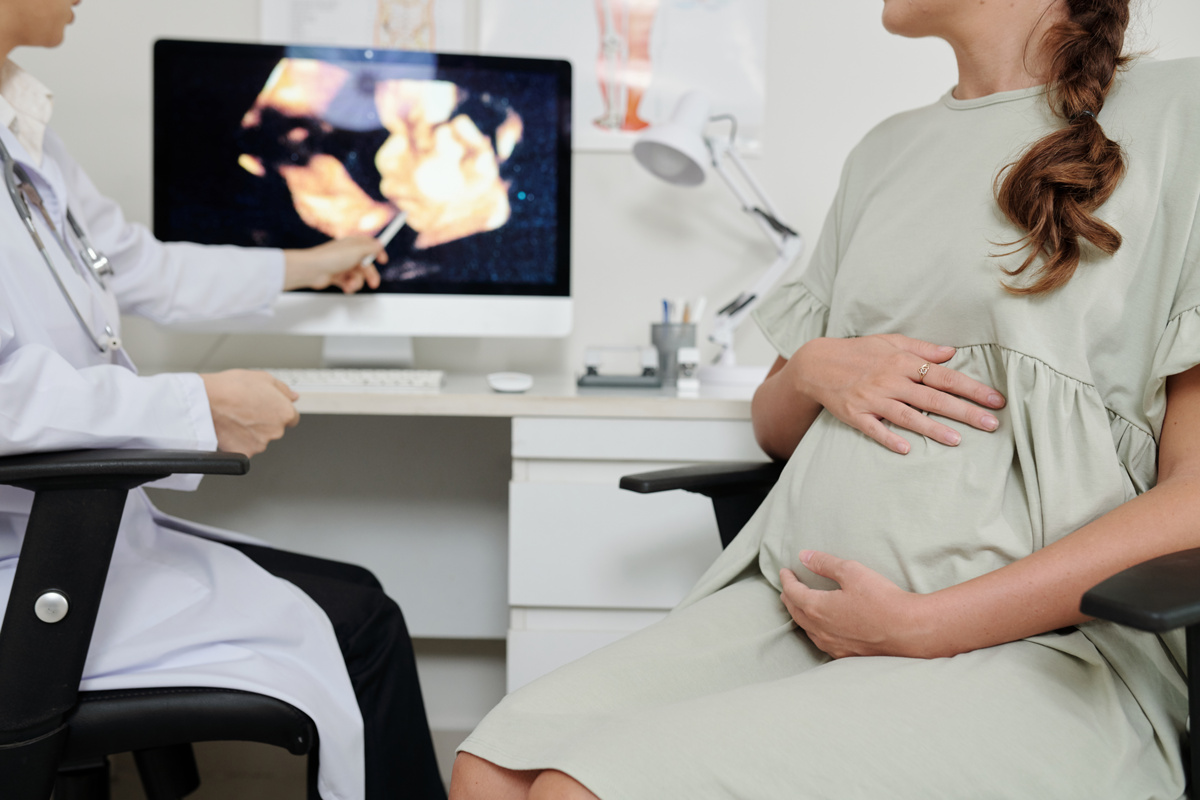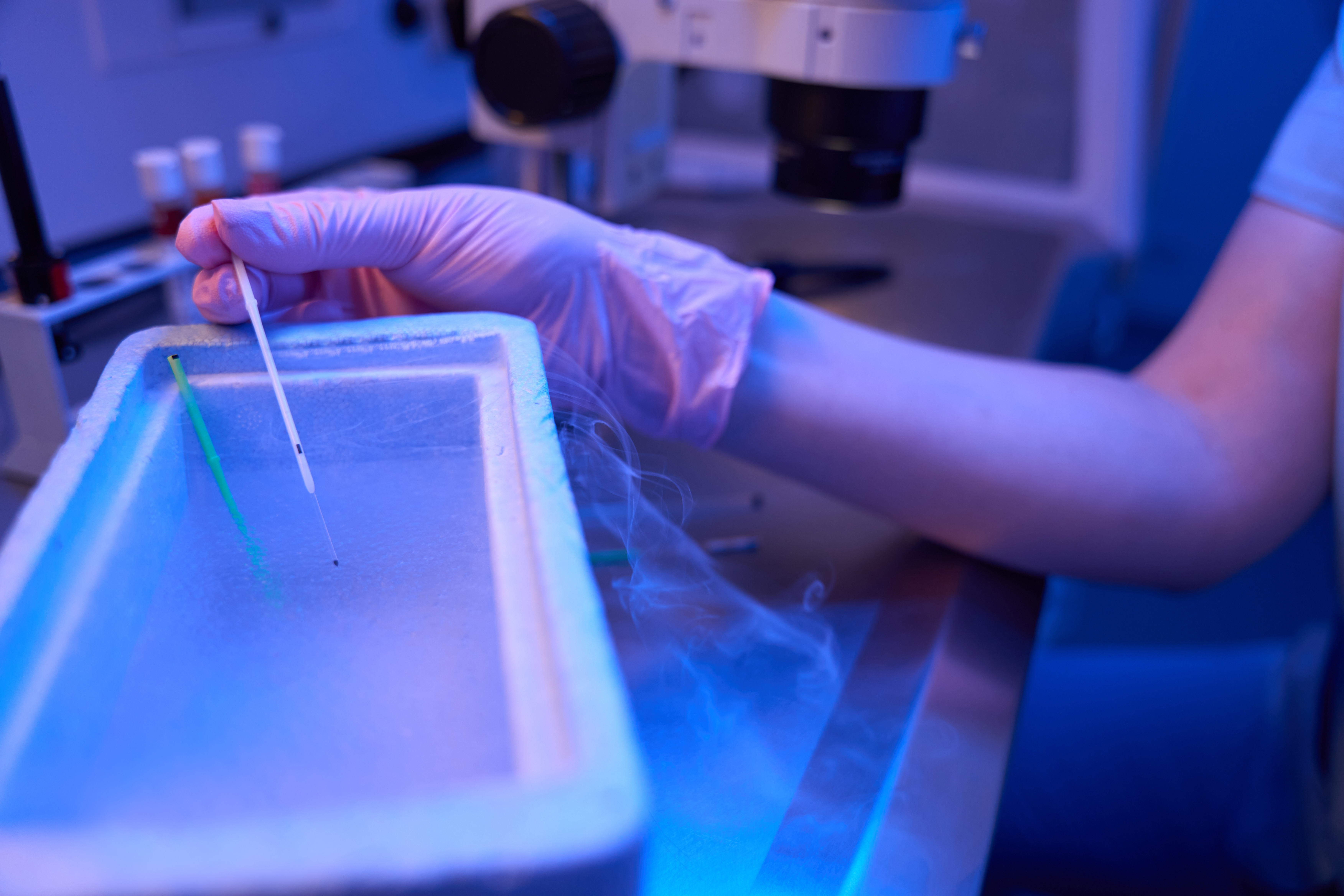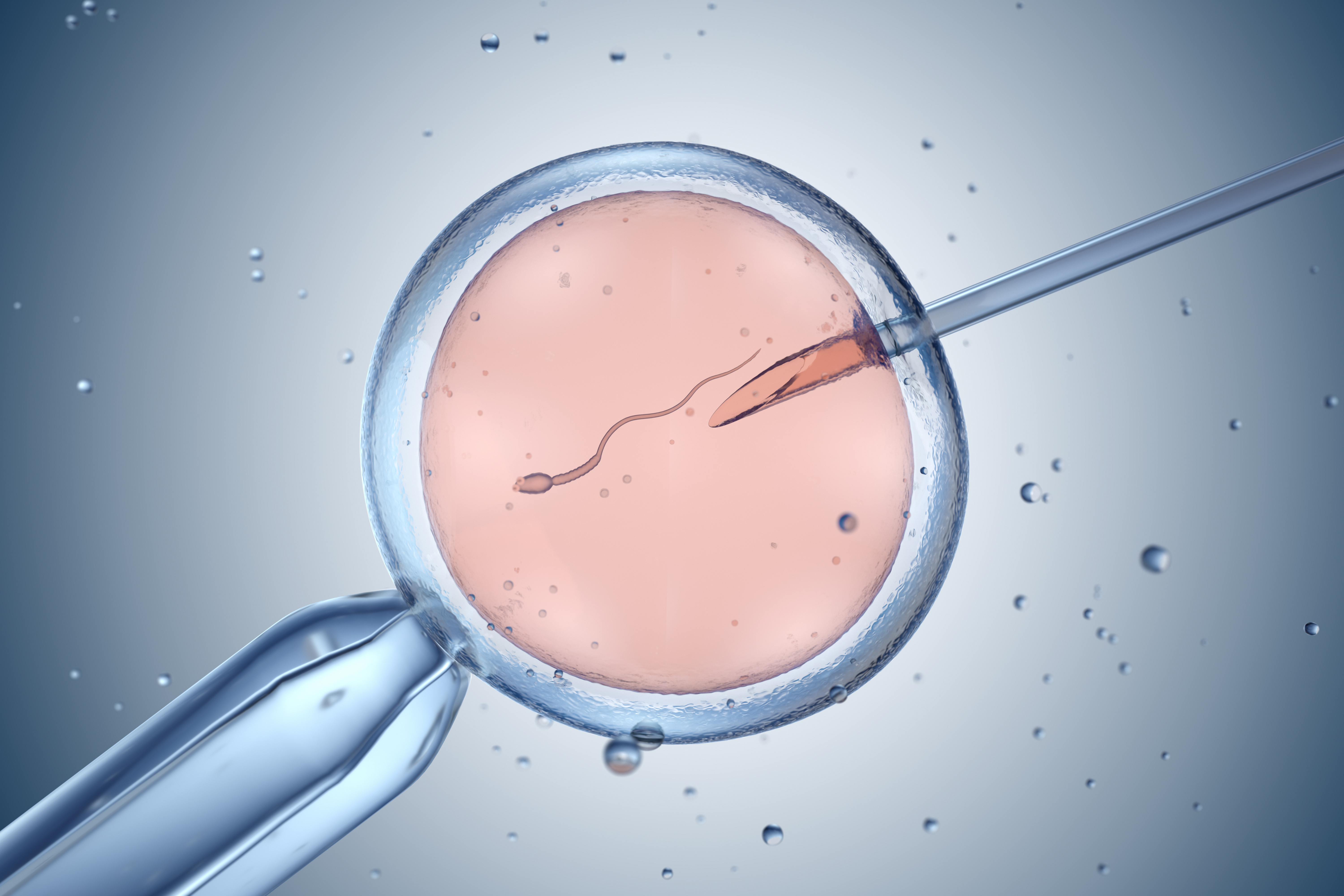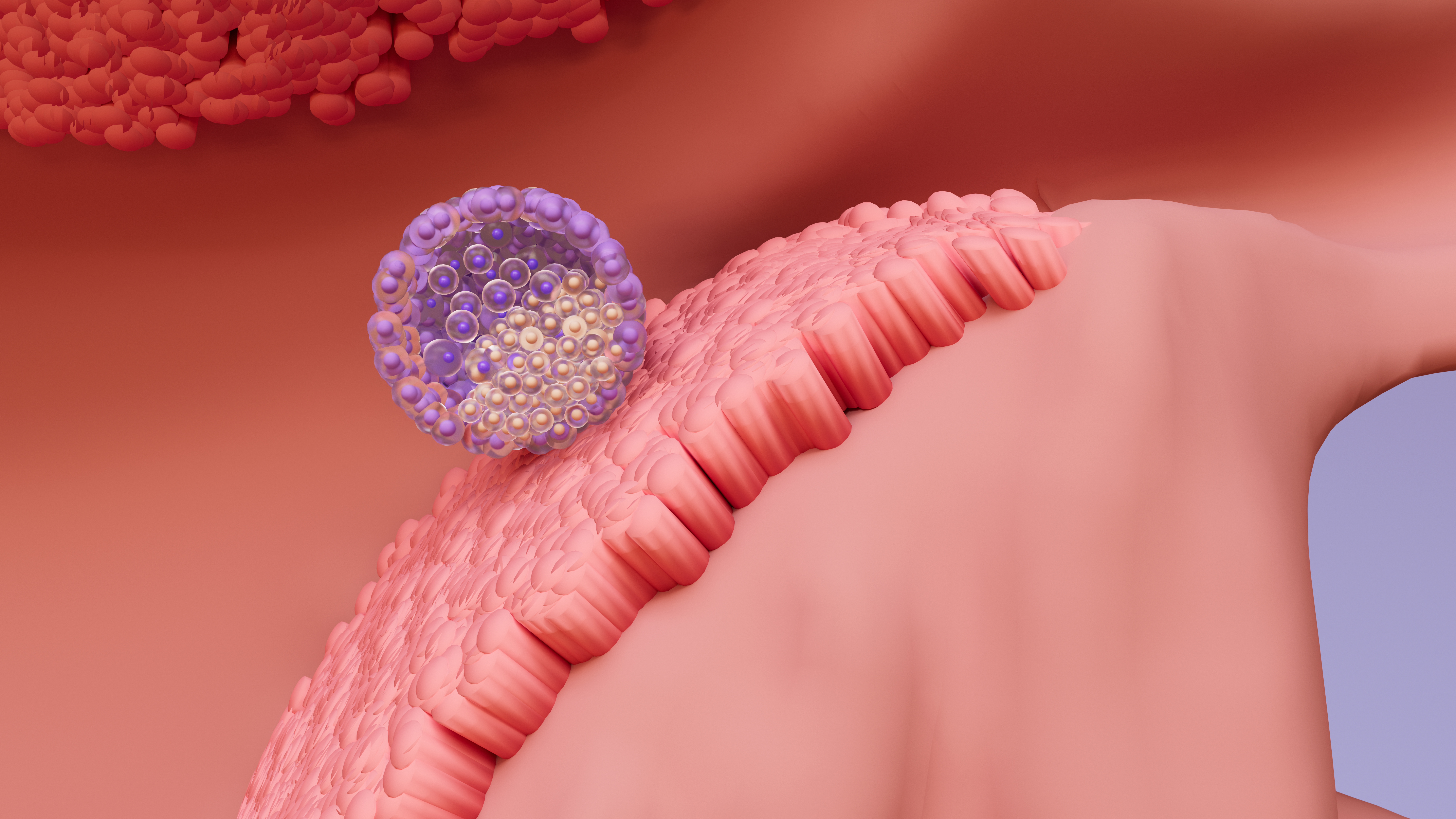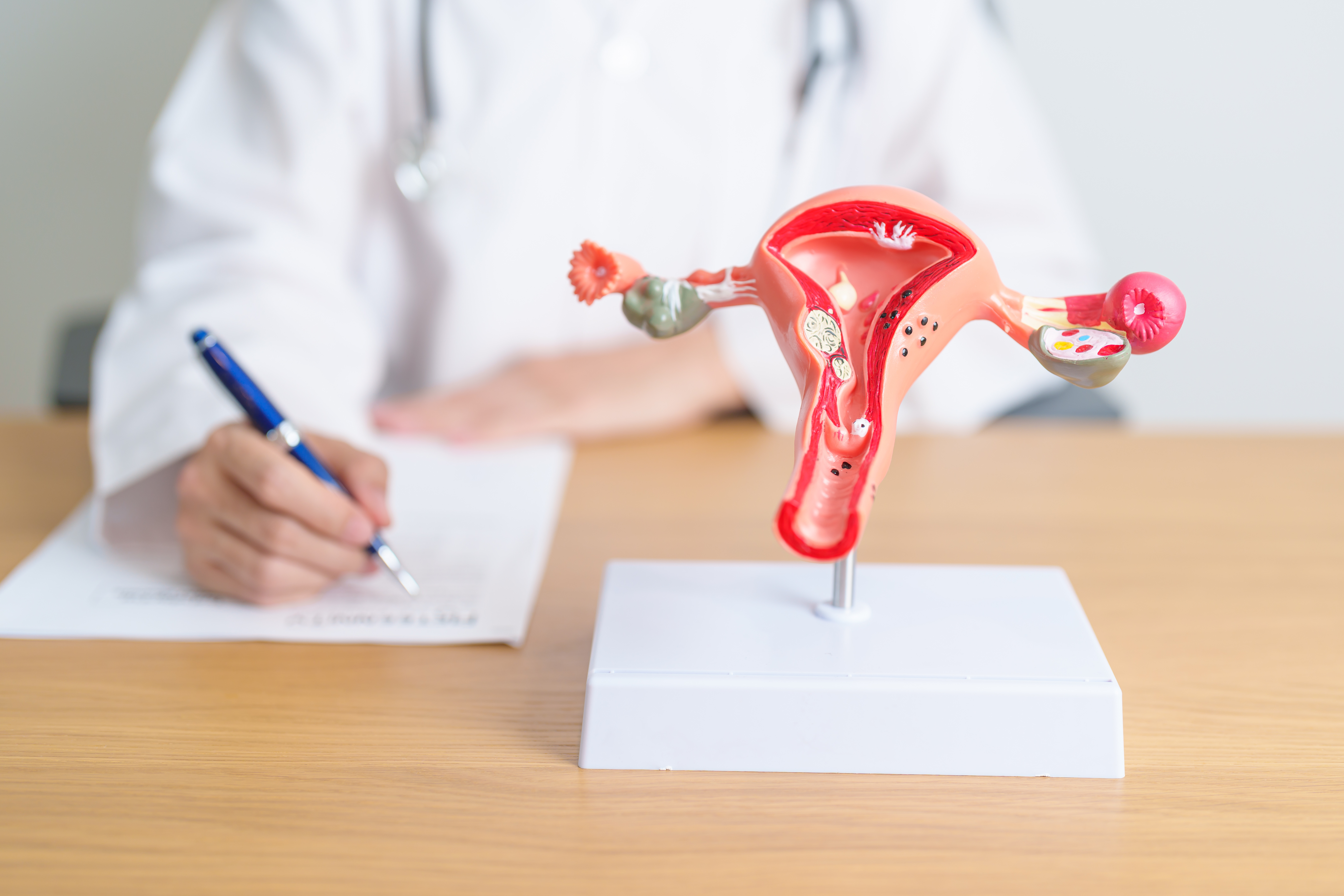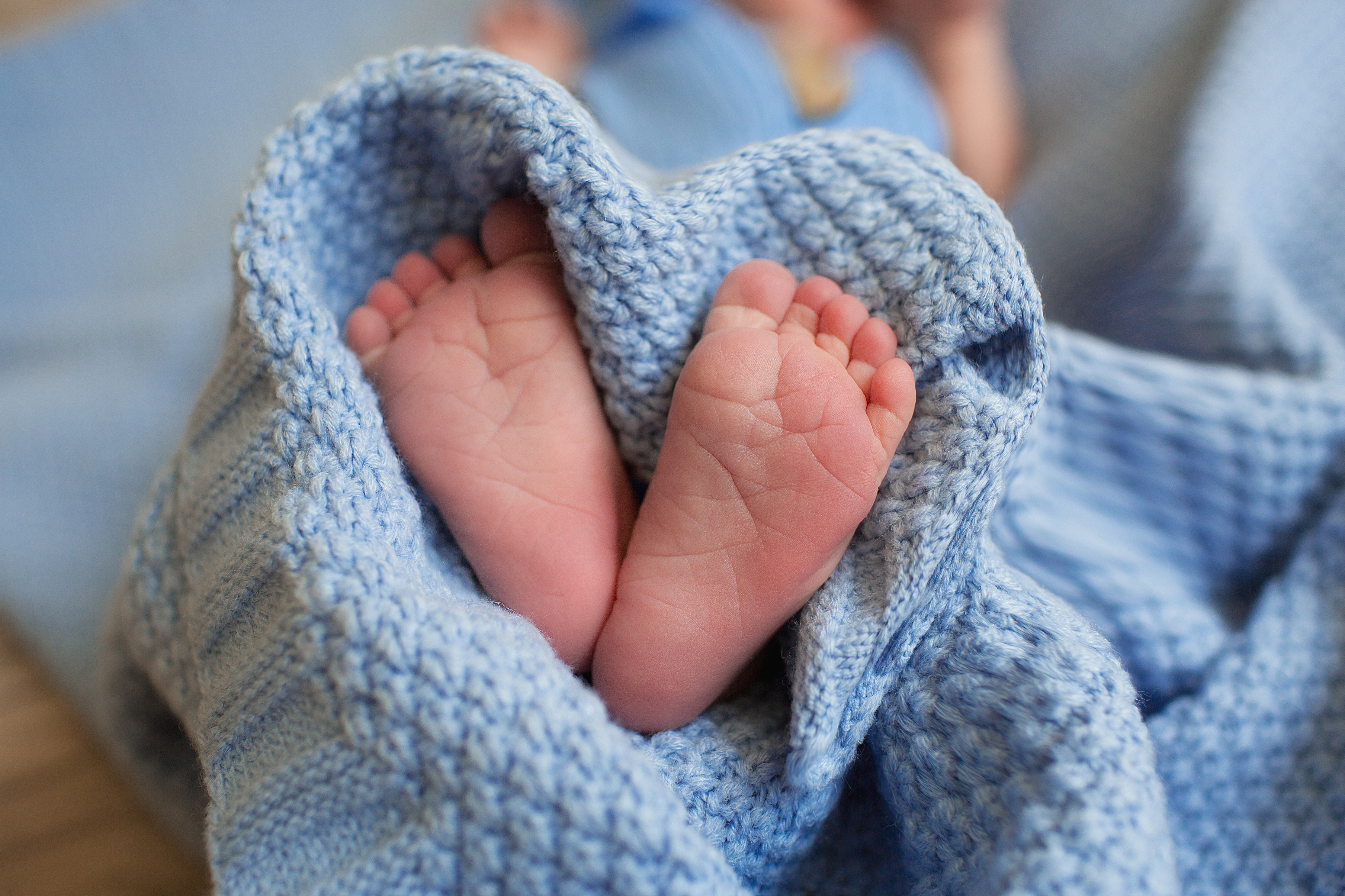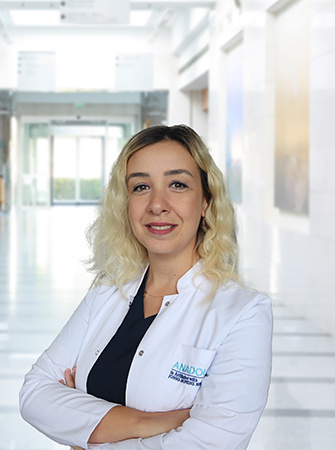
Gözde Kaya
Speciality
- Histology and Embryology
- IVF (In Vitro Fertilization)
- Infertility
Education
- University:
- Karadeniz Technical University, Faculty of Science and Letters, Department of General Biology (2008)
-
Doctorate:
- Kocaeli University, Department of Histology and Embryology (2013-2020)
-
Specialization:
- Master's Degree, Kocaeli University, Department of Histology and Embryology (2009-2013)
Institutions Worked At
-
Kocaeli University Training and Research Hospital IVF Unit (2013-2020)
-
Clinical Embryology Association, TSRM (Turkish Society of Reproductive Medicine)
-
The association of seminal oxidation reduction potential with sperm parameters in patients with unexplained and male factor ınfertility. Ozge Senem Yucel Cicek , Gozde Kaya , Begum Alyuruk , Emek Doger , Tugba Girisen , Serdar Filiz . Int Braz J Urol Jan-Feb 2021;47(1):112-119.
-
Sequential Transfer of Day 2/3 Embriyos versus Cleavage Stage Double Embryo Transfer: The Impact on Clinical Pregnancy Rates, Gozde Kaya, Begum Alyuruk, Ozge Senem Yucel Cicek, Sule Yildirim Kopuk, Ahmet Yigit Çakiroglu, Emek Doger, Serdar Filiz, Asian Pacific Journal of Reproduction 2020; 9(3): 124-128.
-
Obesity leads to higher risk of sperm DNA damage in infertile patients, Özcan Budak, Gözde Yazıcıoğlu, Sema Kurnaz, Ahmet Yiğit Çakıroğlu, Emek Doğer, Serdar Filiz, PP-043,10th Biennial Conference of Alpha, Scientists in Reproductive Medicine 9th-11th May 2014
-
The association between male age and fertilization/pregnancies rate in severely oligoasthenozoospermic patients, Gozde Yazıcıoğlu, Özcan Budak, Ahmet Yiğit Cakıroglu, Emek Doğer, Sebiha Özdemır Özkan, Serdar Filiz, PP-050, 10th Biennial Conference of Alpha, Scientists in Reproductive Medicine 9th-11th May 2014
-
Azalmış Over Rezervi Hastalarında Kadın Yaşının ICSI Sikluslarında Gebelik Oranları Üzerine Etkisi, Kaya G., Alyürük B., Çakıroğlu Y., Doğer E., Özdemir Özkan S., Filiz S., Üreme Tıbbı ve Cerrahisi Derneği Kongresi, 28-31 Ekim 2015
-
The impact of embryo transfer catheter retraction rate on fertility outcomes in intracytoplasmic sperm injection cycles: a randomized controlled trial, B. Devranoglu, Ö. Özdamar, G. Kaya, E. Doğer, S. Selçuk, M. Küçükbaş, Y. Çakıroğlu, T. Kutlu, Abstracts of the 32nd Annual Meeting of ESHRE, Helsinki, Finland, 3 July – 6 July, 2016
-
Vücut Kitle İndekslerine Göre Gruplandırılan Kadın IVF Hasta Gruplarında Granüloza Hücrelerinde Adiponektin ve Tümör Nekroz Faktör- Alfa (TNFα) İmmünreaktivitesinin İncelenmesi ve Gebelik Durumu İle İlişkisinin Araştırılması, Elif Gelenli Dolanbay, Melda Yardımoğlu Yılmaz, Birol Vural, Murat Kasap, Gözde Yazıcıoğlu Kaya, 14. Ulusal Histoloji ve Embriyoloji Kongresi10-13 Mayıs 2018
Featured Cancer Articles
- 6 Nutrition Tips for Those Who Fast
- What is Disease X (Virus X)?
- How Does Cancer Form?
- What is an Ovarian Cyst?
- What is Cervical Cancer?
- What Are the Symptoms and Treatment Methods of Testicular Cancer?
- Symptoms, Diagnosis, and Treatment Process of Bladder Cancer
- Liver Cancer
- What is Stomach Cancer? What are Its Symptoms and Treatment?
- Thyroid: What is it, Symptoms, Diagnosis, and Treatment




